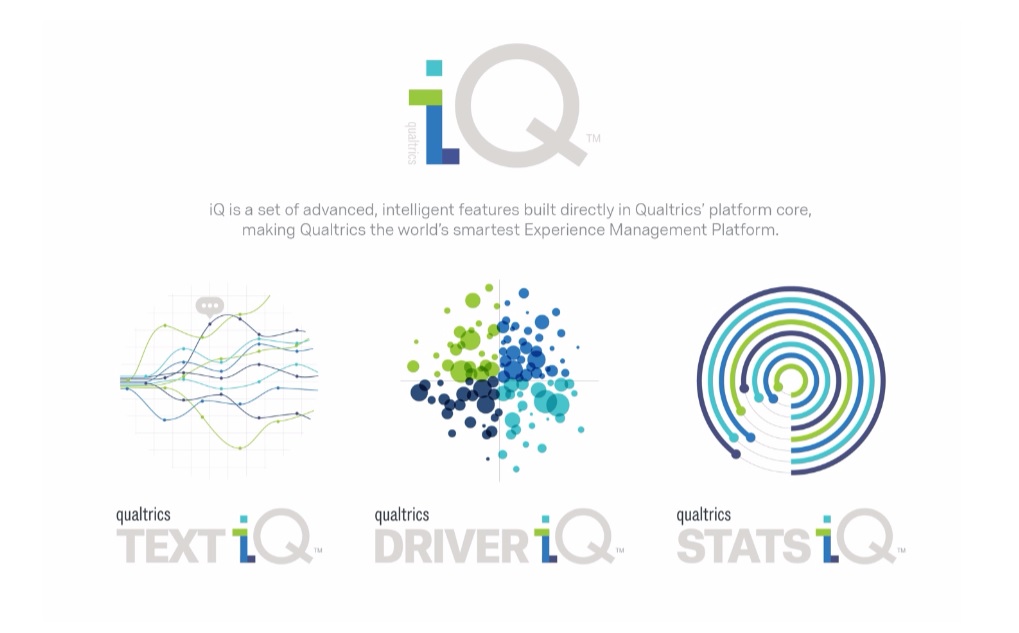The company explains that Qualtrics iQ is like IBM’s Watson, processing massive amounts of text in seconds, performing deep statistical analysis, and making predictive recommendations. However, it draws a difference stating that unlike Watson, iQ is available to everyday CX practitioners, and does not require technical expertise.
“Qualtrics iQ hunts down experience gaps automatically, predicting what customers want and helping organizations find and address issues before they negatively impact the business. Machine learning helps automate tasks that were previously time consuming or impossible to scale, like analyzing open text feedback or finding key drivers buried in your data,” said Webb Stevens, Head of Product, Qualtrics.
Qualtrics iQ is made up of three core components: Stats iQ, Text iQ, and Driver iQ. Together, the three enable organizations to instantly process millions of response records, including open text feedback fields, and automatically prioritizes the most impactful experience drivers by automating advanced correlation and regression analysis. It allows organizations to automatically identify trending topics, statistically validate key drivers, and identify the appropriate statistical tests and models, processing results in easy-to- understand terms.

- Qualtrics Text iQ: Uses natural language processing and machine learning algorithms to analyze open text feedback and surface trends in data. It automatically groups responses by suggesting relevant or related topics, and assigns sentiment scores to individual text comments (positive, negative, neutral or mixed).
- Qualtrics Driver iQ: Automatically helps organizations statistically identify key experience drivers deep in their data, and prioritizes key driver variables so organizations know where to focus their efforts for the biggest impact. It provides real-time filtering so every individual in the organization knows exactly what the biggest improvement opportunities are specific to their domains.
- Qualtrics Stats iQ: Makes advanced statistical analysis accessible for the average user by providing automated and instant data analysis, all within the Qualtrics Experience Management Platform. There is no need to export the data or massage it in another software to gain insights. The various advanced data analytics functions include relate, univariate, bivariate, crosstabs, regression, and modeling.
In addition to the release of iQ, Qualtrics also announced several new features in its XM Platform, including advanced data processing, response editing, and the ability to streamline the data collection and preparation process. The company claims that these features can save hours of time when processing large, complex data sets.
